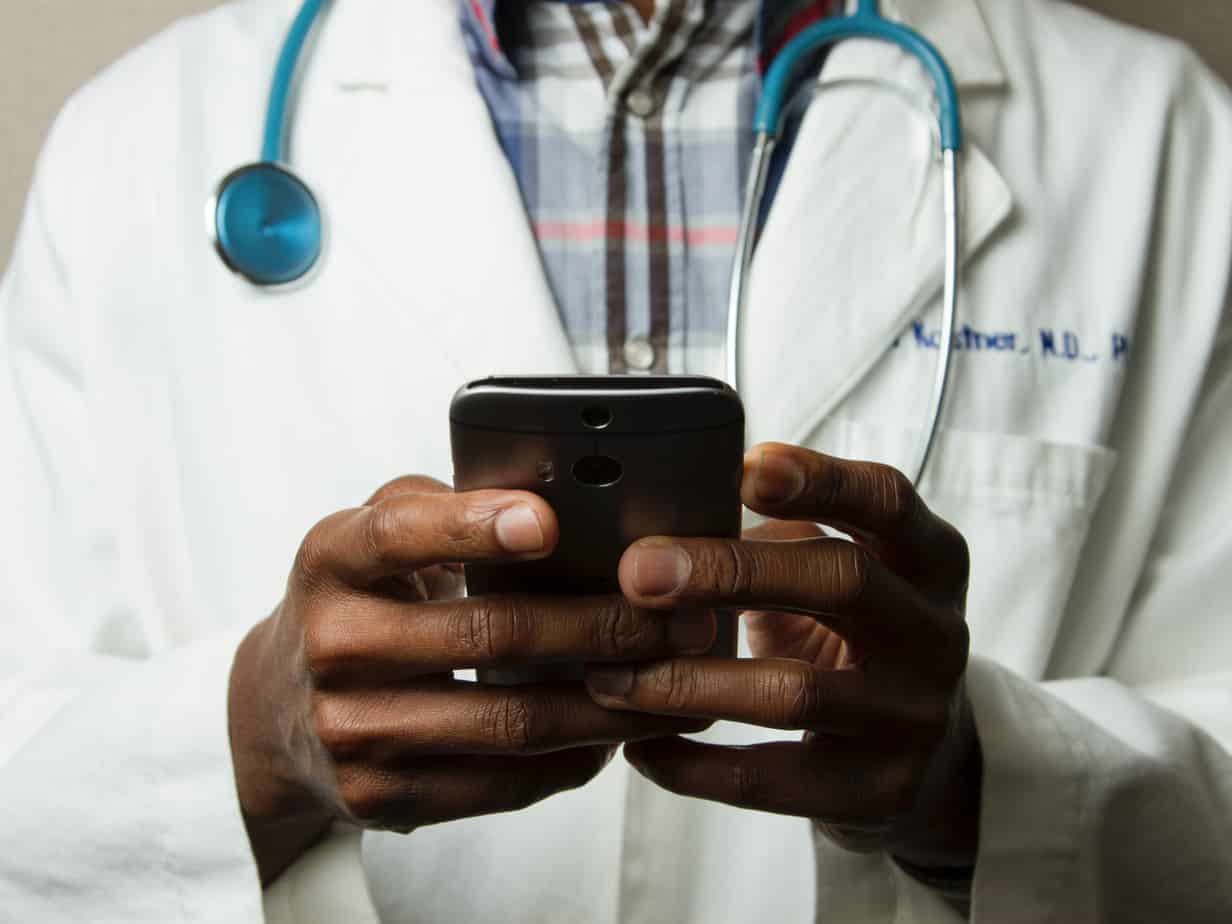
"The health problem on everyone’s mind (and the one filling up emergency rooms and hospital beds around the country) may be COVID-19, but that doesn’t mean that other medical needs have disappeared," says Consumer Reports. Technology trends in health care could be the only way these other medical needs can continue to be met throughout the course of the pandemic.
With all the confusion with recommended safety measures to keep both doctors and patients healthy, many patients have already begun postponing their routine checkups and elective procedures until things calm down. While a lot of these routine and voluntary procedures aren't detrimental to most patients' health, there are those out there who can't afford to postpone too many checkups. People with chronic conditions, as well as Americans who develop an illness or get injured during the pandemic, still need to be able to see a doctor as soon as the need arises.
There is some good news. Aside from injuries, many of these checkups and routine visits can be conducted online via telehealth.
Technology Trends in Health Care Easing the COVID-19 Strain
Doctors don't want anyone coming into the office who has a fever, cough, or any other potential symptoms of COVID-19. But if a health situation does not demand immediate attention or testing that needs to be done in a lab, it's likely that the visit can just as easily be done via telehealth. Technology trends in health care such as telehealth can make sure that patients get the treatment they need without risking their health or other peoples' by venturing to a hospital needlessly.
For parents of young children and expecting mothers, this situation is even more tricky since children tend to fall ill more easily than adults. Consumer Reports that parents of young children avoid bringing their children into physical hospitals. Instead, they should utilize telehealth resources when they can and online come into a physical office when it is time for the children to receive a routine vaccine.
"Pregnant women should continue to receive prenatal care, according to the American College of Obstetricians and Gynecologists, but should expect some potential changes to their schedule," says Consumer Reports, "including visits that are more spaced out and fewer in-person visits, with some visits done via telemedicine."
Even if a consumer is experiencing a potential emergency health situation, they need to take advantage of the technology trends in health care to make sure going to a physical hospital or emergency room location is the right call. "Emergency situations still clearly need to be addressed, but many hospital emergency departments are treating or getting ready to treat a surge of coronavirus patients," says Consumer Reports. "This means that patients should try to gauge whether their situation is urgent enough to need immediate attention, because wait times may be longer than usual and there’s a significant risk of being exposed to the coronavirus in an ER."
In response to this increased risk, many hospitals have begun offering 24-hour telehealth services in order to evaluate how serious each potential patient's issue is and if it's worth the potential exposure.
According to AudienceSCAN, Telemedicine Users spend a lot of time online. Last month, these consumers used a search engine to research a product they were considering, order food from a restaurant, play online games and research health or medical information.
AudienceSCAN data is available for your applications and dashboards through the SalesFuel API. In addition, AdMall contains industry profiles on doctors and hospitals, general medical and surgical, as well as lead lists at the local level. Media companies, sales reps and agencies can access this data with a subscription to AdMall from SalesFuel.
